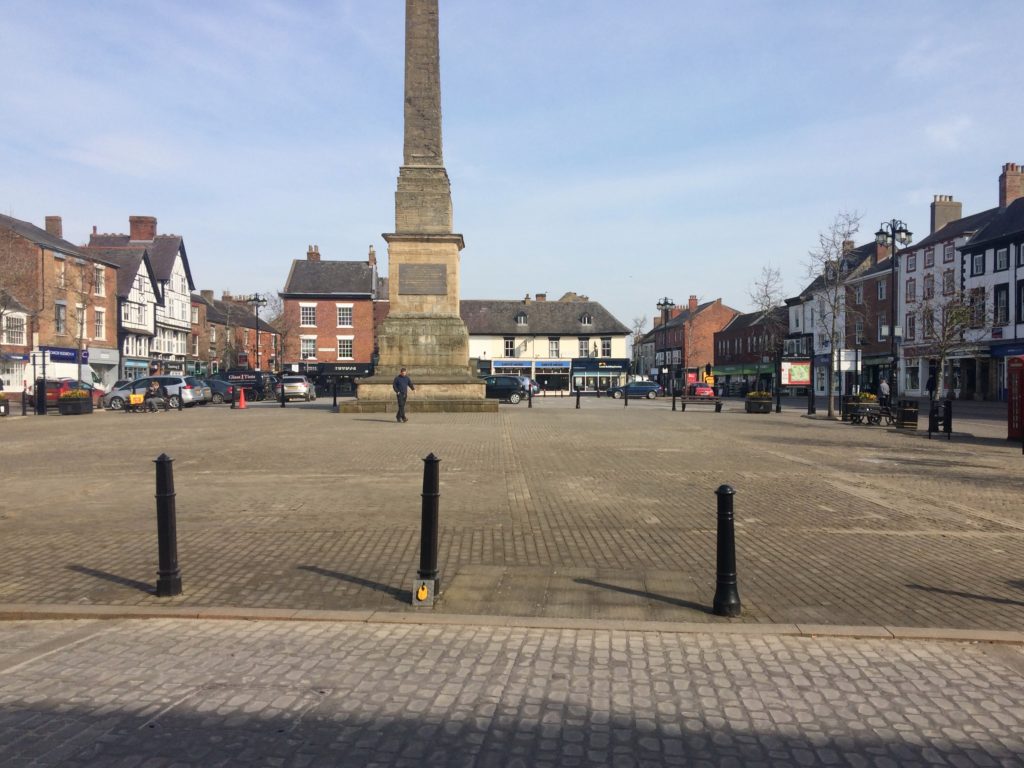Subscribe to trusted local news
In a time of both misinformation and too much information, quality journalism is more crucial than ever. By subscribing, you can help us get the story right.
- Subscription costs less than £1 a week with an annual plan.
Already a subscriber? Log in here.
23
Nov 2020
Last Updated: 23/11/2020
Rare cabmen's shelter returns to Ripon
A rare Listed Building that is one of Ripon's heritage attractions dating back to the Edwardian era, is back in place after a £22,000 renovation

Ripon's rare cabmen's shelter is back in place on Market Square.
The Grade II listed building, dating back to the days of horse-drawn hansom cabs and Hackney carriages, has been refurbished and re-installed at a cost of £22,000.
Apart from times of restoration work, the distinctive craftsman-built Edwardian structure has stood there for 109 years.
It was constructed in 1911 by Boulton and Paul of Norwich – the company that also built huts for Scott’s ill-fated Antarctic expedition of 1910-13.
Paid for with a £200 legacy from Sarah Carter, whose father was a former mayor of Ripon, the shelter has been restored on a number of occasions, including in 1980, when the city’s Royal Engineers fitted a wheeled chassis, so that it could be moved.
Councillor Andrew Williams, the leader of Ripon City Council, told the Stray Ferret:
“It's great to have this piece of the city's heritage back in place. We believe that it is Britain’s only moveable listed building.”

The council took ownership of the shelter from Ripon Civic Society in 1999.
It is a historically-significant structure and one of numerous heritage attractions that help to tell the story of Ripon's past.
Read more:
- Mobile coronavirus testing station could come to Ripon
- Wheelchair appeal for Kirkby Malzeard schoolgirl
In the days before motorised taxis, hansom cab and Hackney carriage drivers were exposed to the elements and in 1875 the 7th Earl of Shaftesbury formed the Cabmen’s Shelter Fund, so that a place of shelter and hot food could be provided for drivers as they waited to pick up fares.
The charitable fund was used to pay for shelters initially in London, but they were subsequently paid for through other means as they were installed in cities and towns across the UK.
Ripon’s cabmen’s shelter was built predominantly from timber, with ironwork balustrade and guttering and a beechwood shingled roof. In addition to its benches, an internal feature is a decorative mini-balustrade of iron fretwork in Chinese Chippendale style.
At the time of its Grade II listing in February 2009, Historic England stated:
“It is a nationally rare and well-preserved example of a cabmen’s shelter, an important reminder of the importance of horse-drawn transport in the early 20th century, supplied by the well-known firm of Boulton and Paul of Norwich.”
0